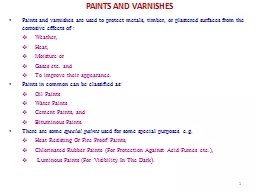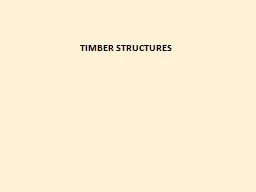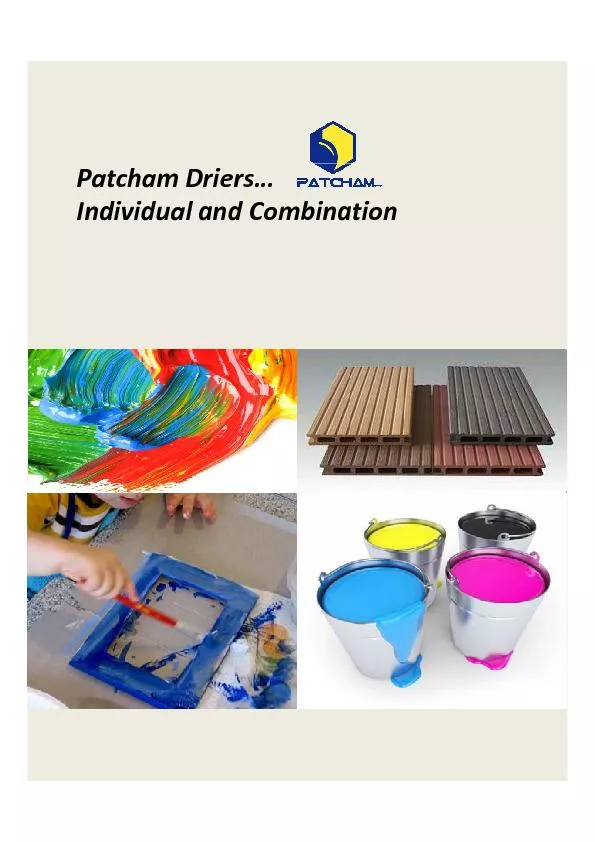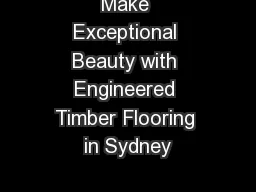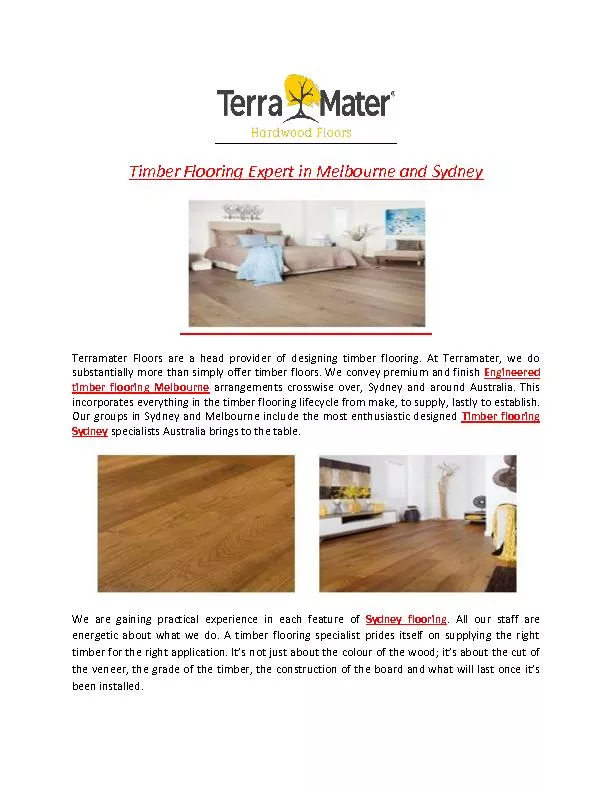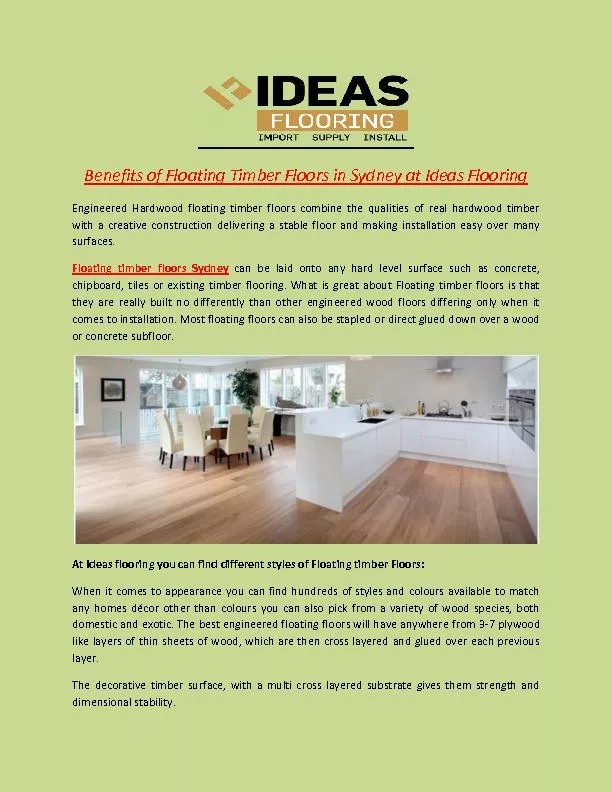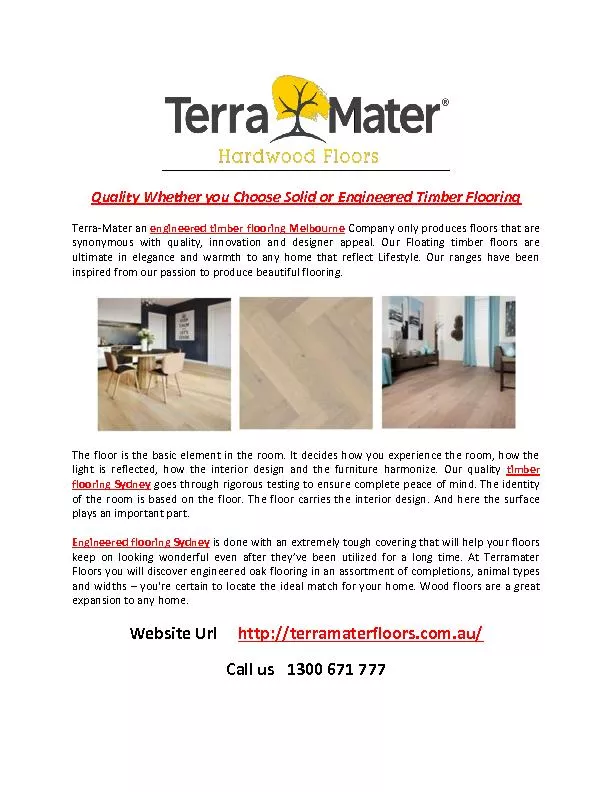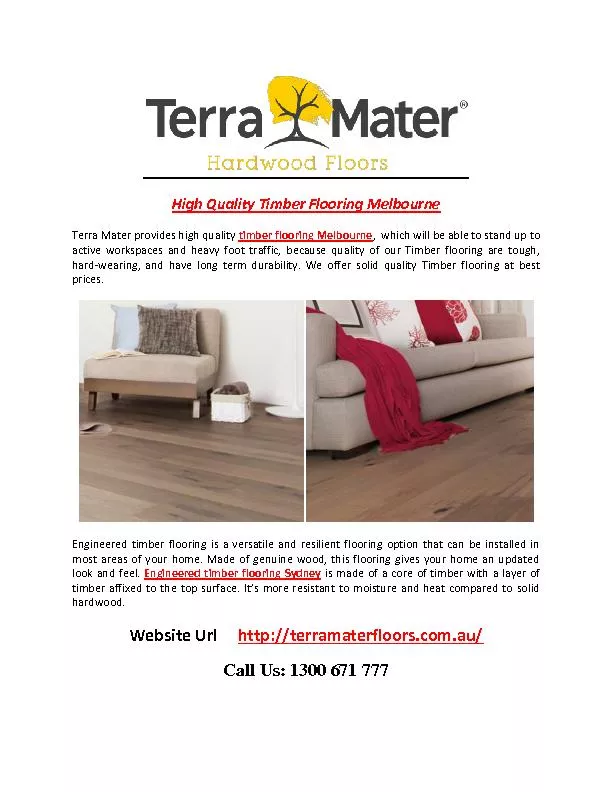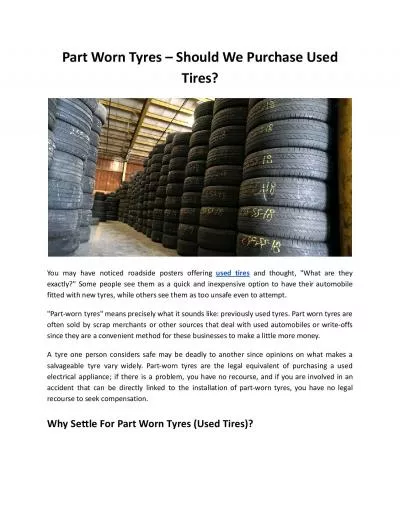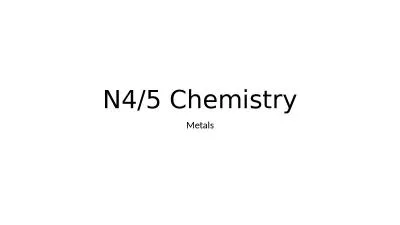PPT-PAINTS AND VARNISHES Paints and varnishes are used to protect metals, timber, or plastered
Author : BookWorm | Published Date : 2022-08-04
Weather Heat Moisture or Gases etc and To improve their appearance Paints in common can be classified as Oil Paints Water Paints Cement Paints and Bituminous
Presentation Embed Code
Download Presentation
Download Presentation The PPT/PDF document "PAINTS AND VARNISHES Paints and varnishe..." is the property of its rightful owner. Permission is granted to download and print the materials on this website for personal, non-commercial use only, and to display it on your personal computer provided you do not modify the materials and that you retain all copyright notices contained in the materials. By downloading content from our website, you accept the terms of this agreement.
PAINTS AND VARNISHES Paints and varnishes are used to protect metals, timber, or plastered: Transcript
Weather Heat Moisture or Gases etc and To improve their appearance Paints in common can be classified as Oil Paints Water Paints Cement Paints and Bituminous Paints There are some . g cords Board feet brPage 3br Timber Measurements Society RHXU57347G57526OHQH57347GDKR5735957347SULO 13 2012 U57347ZHLJKW57347UHYLHZ5734757355SXUFKDVHU57526V57347IDYRULWH Bone dry weight The weight of fiber with all of the moisture removed Normal pro What is difference between . Wood. and . Timber. ..???. Wood. . can . be defined as the material that forms the trunks and the branches of the trees. . Timber . is wood cut from the trunk which can be used for constructing houses, boats, furniture and so on.. Patcham acceleratedryingvariousformspaint,printinginks, varnishes varnishes ComponentsDriersMetalmostimportantcomponentdrier. By Ryan Bondfield 8IA2. Where does timber come from?. Comes from any type of tree. Because some trees are rarer than others this means that different timber types cost more. Pine trees are the most common timber type. While deciding to choose timber floors to buy, there are number of criteria’s which must be taken in to account before finalizing in order to get cheap timber flooring Sydney. The engineering process can create very wide timber floors boards; timber flooring can be an excellent choice and wider in a solid timber selection. Criteria’s to be considered are warranties, reputability and how scratch resistant is the coat surface? To get these all you must visit Terra Mater which provides timber floors Sydney in wide range to their customers. And they are highly rated dealers having specialty in timber floors If you want warmth and grace in your home, nothing surpasses the appeal of an Engineered timber flooring Sydney. You’ll never tire of its exceptional beauty, and it will give you a lifetime of pleasure. Moreover, a beautiful timber floor is the ideal basis for every style and every interior. Terramater Floors are a head provider of designing timber flooring. At Terramater, we do substantially more than simply offer timber floors. We convey premium and finish Engineered timber flooring Melbourne arrangements crosswise over, Sydney and around Australia. This incorporates everything in the timber flooring lifecycle from make, to supply, lastly to establish. Our groups in Sydney and Melbourne include the most enthusiastic designed Timber flooring Sydney specialists Australia brings to the table. Floating timber floors Sydney can be laid onto any hard level surface such as concrete, chipboard, tiles or existing timber flooring. What is great about Floating timber floors is that they are really built no differently than other engineered wood floors differing only when it comes to installation. Most floating floors can also be stapled or direct glued down over a wood or concrete subfloor. Terra-Mater an engineered timber flooring Melbourne Company only produces floors that are synonymous with quality, innovation and designer appeal. Our Floating timber floors are ultimate in elegance and warmth to any home that reflect Lifestyle. Our ranges have been inspired from our passion to produce beautiful flooring. Looking for best floors Sydney to buy, you need to consider some of criteria’s before proceeding to get the best value in engineered floors.. The newer Australian houses prefer best engineered timber flooring Sydney as it better resists indentation. Since the plank is made of solid natural wood, it can expand and contract depending on the climate and humidity. Terra Mater provides high quality timber flooring Melbourne, which will be able to stand up to active workspaces and heavy foot traffic, because quality of our Timber flooring are tough, hard-wearing, and have long term durability. We offer solid quality Timber flooring at best prices. Pilot Project Working Group . Timber Regulation and Forest Restoration Program. April 26, 2018. Prototyping a GIS synthesis of the Three Track Process . (THP mining, watershed modeling, and air photo rapid assessment). Part-worn tyres (used tires) can be a cost-effective solution for those needing to replace them on a tight budget. Read more! Strength. – metals that are . strong. are used to make car bodies, bike frames, ships, planes etc. . Malleability. . (mouldable). – This means that that they can be . shaped by hammering or rolling.
Download Document
Here is the link to download the presentation.
"PAINTS AND VARNISHES Paints and varnishes are used to protect metals, timber, or plastered"The content belongs to its owner. You may download and print it for personal use, without modification, and keep all copyright notices. By downloading, you agree to these terms.
Related Documents

